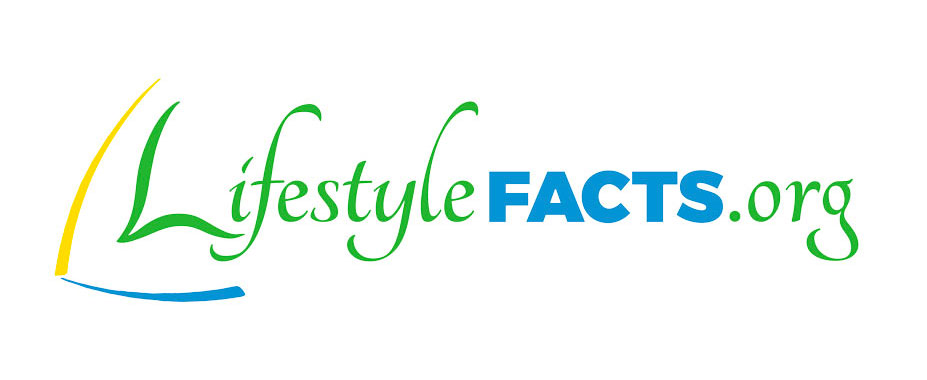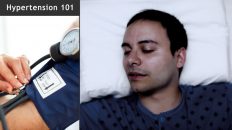By Virginia Gurley, MD, MPH
MB (Marc Braman, MD, MPH):
Our topic this session is “Common Sleep Problems Overview”. Thank you for joining us, Dr. Gurley.
VG (Virginia Gurley, MD, MPH):
Thank you, Dr. Braman.
MB:
So what we’re doing in this session is just getting a framework, a picture in our minds, of the possible problems with sleep. First of all, can you just define for us what a sleep problem really is or means?
VG:
Well in its simplest form a sleep problem is anything that keeps someone from getting restful sleep. So there are a variety of categories, but basically it’s just if you can’t get restful sleep, you probably have a sleep problem.
MB:
Okay, that’s simple enough. And what are the main categories, or labels, or buckets that we put these problems into?
VG:
There are 3 main groups of sleep problems. The first main group is when people just won’t go to sleep, and there’s a lot of that and we’ll talk about that some more. There’s also a big group of problems where people cannot get to sleep. They either can’t get to sleep or they can’t maintain sleep. Then there’s another big group where people have increased movements during sleep. And there’s some overlap between these groups, but those are kind of the 3 main buckets.
MB:
Okay, excellent. So, can you break it down for us in each of those main buckets, what are the common conditions or sleep problems?
VG:
So, for people who will not sleep, the two main problems are called “Behaviorally-induced Insufficient Sleep Syndrome” and “Shift Work Syndrome”.
MB:
Okay, and what is “Behaviorally-induced Insufficient Sleep Syndrome”? It sounds like they just don’t want to go to bed.
VG:
Exactly. Sometimes it’s called “BISS” for short, and it’s when a person voluntarily goes to bed too late or wakes up too early to get the 7 or 8 hours of sleep necessary to be rested the next day. And given our 24/7 culture this is really a common problem. People working late at night, things like that.
MB:
Absolutely, and I’m imagining teenagers up playing video games and all kinds of things.
VG:
Mhmm.
MB:
What about “Shift Work Syndrome”? In healthcare of course, we have a lot of around the clock sort of stuff and sleep impact from that.
VG:
Yeah, so “Shift Work Syndrome” occurs when a person works during the night and is unable to sleep enough during the day to get fully rested. So it’s a combination of sort of insomnia, difficulty sleeping, and then fatigue. And given that about 20% of US workers have frequent night shift schedules, it’s also a really common problem.
MB:
Okay. Now what about our second bucket, the cannot sleep bucket, what’s our first condition there?
VG:
Well the two primary conditions are “Insomnia” and another condition called “Obstructive Sleep Apnea,” or sometimes also called “Sleep Disordered Breathing”.
MB:
Okay, so “Insomnia”, that’s probably a lot of us throwing that term around, what does it really mean?
VG:
“Insomnia” is when someone is in bed long enough to get restful sleep, but they’re unable to sleep or stay asleep. So they’re in bed for 7 or 8 hours, but they’re not sleeping that whole time, and so they’re tired during the daytime. And sometimes it’s due to medications, or it could be as a result of a chronic illness, and so that’s called “Secondary Insomnia”. But sometimes it’s just that the person can’t sleep, and that’s called “Primary Insomnia”.
MB:
Okay, and what’s our second condition about?
VG:
So “Obstructive Sleep Apnea” or “Sleep Disordered Breathing” is basically where someone during sleep is interrupted because their breathing stops. It’s associated very commonly with people who are overweight, and who have high blood pressure, and especially people who snore very loudly at night. But recent research is also finding that “Obstructive Sleep Apnea” is very common in children with hyper activity and attention disorders.
MB:
Interesting! We were just, in some of our other recordings, talking about the connection between sleep and ADD (Attention Deficit Disorder).
VG:
Mhmm.
MB:
So, we’re all coming to the same conclusions. What is our third category? What’s in there?
VG:
So this third main group is sleep problems due to increased movements during sleep time. You know you’re supposed to be asleep and still, but some people have what’s called “Restless Leg Syndrome”.
MB:
Okay, so just can’t hold still and therefore I can’t sleep. What about treatments?
VG:
Well, there are specific treatments for specific kinds of sleep disorders, but most sleep disorders do have effective treatments available. So anyone experiencing a lot of tiredness during the day or frequent difficulty getting to sleep or staying asleep should really seek medical attention and get help to figure out what’s going on and treatment to resolve it.
MB:
Excellent. Sleep is extremely important! We want to take care of it and again, correct and treat the cause wherever possible.
Thank you so much, Dr. Gurley.
VG:
Thank you, Dr. Braman.
Management of Common Sleep Disorders. Ramar K, Olson EJ. American Academy of Family Physicians. 2013;Vol.88 No.4.
Circadian Adaptation to Night Shift Work Influences Sleep, Performance, Mood and the Autonomic Modulation of the Heart. Bordeaux P, Dumont GA, Boivin DB. PLoS ONE. 2013; 8(7): e70813. doi:10.1371/journal.pone.0070813.
Daytime variation in performance and tiredness/sleepiness ratings in patients with insomnia, narcolepsy, sleep apnea and normal controls. Schneider C, Fulda S, Schulz H. European Sleep Research Society, J. Sleep Res. 2004. 13, 373-383.





